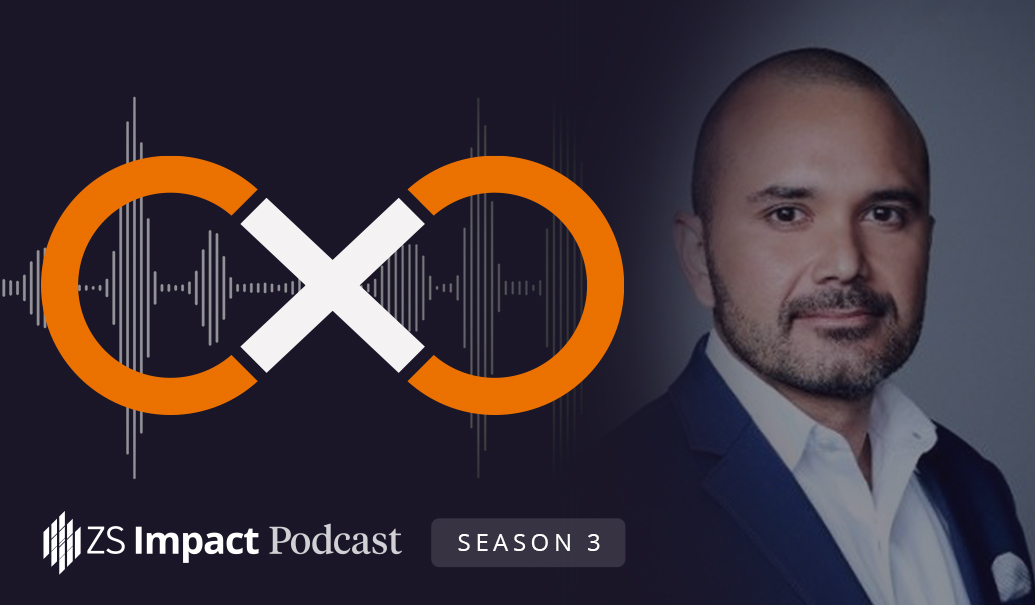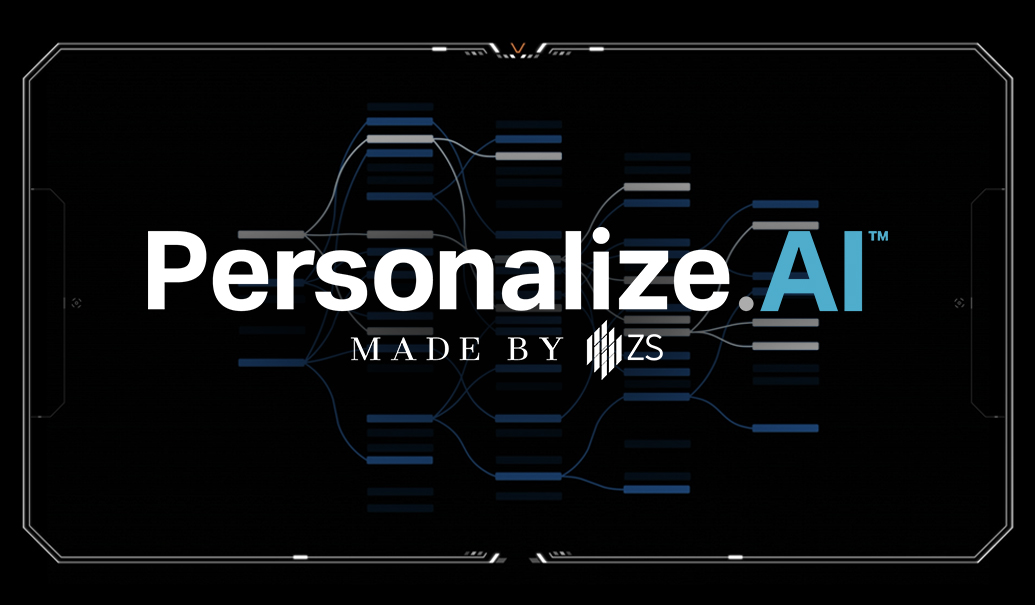Revenue leakage is a significant and pervasive problem across the pharmaceutical industry. Every year, pharma organizations collectively lose more than $15 billion in bottom-line revenue due to duplicate rebates, misuse of copay benefits, chargebacks abuse and myriad other shortcomings1. The scope of the problem, combined with growing pressures on pricing and revenue from various stakeholders in the healthcare ecosystem (government, advocacy groups, providers and payers), makes reducing leakage a top priority for pharmaceutical companies. Fortunately, advances in AI, big data and process automation present a unique opportunity for pharmaceutical companies to create a gross-to-net forensics capability that proactively monitors, detects and mitigates avoidable bottom-line revenue erosion.
Why is revenue leakage such a big problem?
Avoidable revenue leakage can stem from several internal and external factors. Internally, outdated systems, poor data management and inadequate business processes are often key drivers. Externally, culprits include antiquated technology platforms, improper data entry and lack of incentives to fix data issues at wholesalers or other customers. There are also malicious actors that siphon money or product from pharma companies, denying critical resources for patients in need. Among the most visible examples of pharmacy copay fraud is one fraud ring in Detroit, which stole $46 million through a network of 26 pharmacies. If the ring wasn’t uncovered, manufacturers could have lost much, much more across many years.
Combined, these factors contribute to the three most common forms of avoidable revenue leakage along the flow of pharmaceutical transactions:
- Rebate issues or errors: Despite the fact that many pharmaceutical manufacturers have strong validation processes with many layers of business rules checks, a considerable number of duplicate rebates still slip through the cracks or, if they are caught during subsequent audits, aren’t reversed correctly. Leakage also occurs when rebate aggregators submit claims under multiple subcontracted plans to eke out the highest rebate possible. We’ve found evidence of aggregators failing to reverse additional submitted claims, keeping multiple rebates issued for the same transaction as a result. For products that involve heavier contracting with payers, this leakage adds up to a lot of money. In some cases, the total rebate paid out for a transaction can exceed the product’s wholesale acquisition cost.
As payer management and contracting begins to intensify for medical benefit therapies, rebate adjudication for infused therapies that often have complex dosing regimens pose a new set of challenges that traditional processes and systems designed for pharmacy benefit drugs are not well-suited to handle. Multiple indications, dosing regimens and sites of care necessitate the use of complex business rules that can’t be implemented with existing tools and technologies. For example, we helped one manufacturer implement new claims verification solutions that was instrumental in recovering more than $25 million annually in incremental savings. This solution is based on an infrastructure that standardizes the numerous formats of state Medicaid claims-level data (provided by the state or a data aggregator). An accompanying advanced analytical engine automatically flags a list of specific or nuanced error types to identify areas of potential savings. In this case, the key drivers of incremental savings were incorrect quantity conversions, off-label usage of buy and bill drugs and vial wastage implementation. Similarly, there are several other cases where we found that pharma companies would largely benefit from customizing analytics to nuances unique to their products or therapy. - Chargebacks and 340B: Across manufacturers, there are three general categories of chargeback leakage. One is customer management. With the dynamic nature of healthcare, ensuring that the right customers get the right price at the right time has become difficult to manage and audit. Another is transaction management. Due to timing of reporting issues and transactions, existing processes often fail to recoup chargebacks paid out on transactions such as reversals, duplicates and partial payments.
An even more challenging problem is the third category of chargeback leakage: gross-to-net (GTN) erosion due to the 340B program. As of 2019, purchases through the 340B program reached approximately $30 billion, representing over 8% of total drug sales. That’s nearly equal to drug sales through Medicaid. With the rapid and continued growth of the program, revenue leakage persists through duplicate discounts with Medicaid rebates, double-dipping with Commercial and Medicare rebates, and 340B diversion. Many companies are addressing 340B leakage by identifying and excluding 340B claims from Commercial and Medicare rebates, and by initiating good-faith audits where diversion is suspected. Other companies are taking more aggressive actions. Eli Lilly is altering its distribution model to 340B contract pharmacies, while Merck and Sanofi have asked covered entities to submit contract pharmacy claims data. But it’s a tough climb. The absence of full visibility into 340B claims means pharmaceutical manufacturers must triangulate across data sets (e.g., chargebacks, 867, payer rebates and claims) and leverage new techniques to identify where leakage could be occurring.
- Patient benefits program misuse (copay): Pharmaceutical companies spend around $14 billion on copay programs in the US every year. With copay support, there’s often a fine balance between patient reach and affordability and opening the door for potential program abuse. For one company we worked with to investigate copay card misuse, we uncovered a set of pharmacies conspiring to obtain copay card dollars from the manufacturer for fake prescriptions. In response, the company blocked several pharmacies with confirmed evidence of fraud and put many others on its watchlist.
“For pharmaceutical companies, avoidable revenue leakage is a pervasive problem. And a pervasive problem requires a comprehensive response.”
How can pharmaceutical companies stem revenue leakage?
Addressing a pervasive problem like revenue leakage requires a comprehensive program. To address revenue leakage holistically, pharmaceutical companies must tackle both internal and external drivers simultaneously. But disconnected or poor data makes it very difficult to do that, and even very robust data systems require dynamic intelligence and insights to keep up with ever-evolving behavior patterns.
We see three key steps that manufacturers can take to help position themselves to win the battled against revenue leakage:
- Get your data in order
Data is the basis for gaining the visibility required to ferret out the often hard-to-find sources of leakage. Data must be clean, well-organized and accessible so, for example, analysts can easily look up a suspicious pharmacy’s sales, rebates and chargebacks for a time-sensitive investigation, and not get mired in access issues and lack of cross-comparable formats.
Integrating, within an interconnected data ecosystem, various managed markets and commercial data sets is foundationally important to mitigate revenue leakage. These include Commercial/Medicare/Medicaid rebates and claims, chargebacks, 867 distributor sales, copay program sales and prescriber volume. Without integrated data sets, pharma companies are often forced to confine their revenue leakage analyses and checks to within data silos, which fails to give them the full picture. For instance, in our work with one company, an anomalous pattern of patient benefits misuse only emerged when our analyses was elevated to the provider (i.e., hospital or clinic) level, as these benefits were dispersed across several pharmacies and physicians that appeared otherwise unrelated. Having a gross-to-net data fabric – an interconnected data ecosystem that captures the interactions, transactions and relationships across a set of mastered entities in the pharmaceutical value chain – is a key first step to unlocking revenue leakage’s full potential. - Advance your AI capabilities
But with data comes another big challenge: making sense of it all. Today biopharmaceutical companies manage a diverse portfolio of data assets, and processing and generating insights from it exceeds humans’ capacity. Enter AI, which is rapidly enabling organizations to uncover anomalous patterns across various integrated data sources. Machine learning advances that have become pervasive in other industries such as insurance and banking – anomaly detection, graph algorithms, unsupervised machine learning and generative learning, for example – can help pharmaceutical manufacturers develop an AI-enabled early warning system that identifies potentially anomalous transactions or entities across patient benefits, rebates and chargebacks. Furthermore, pharma companies can train AI-based approaches to get smarter by feeding them more expert-curated data – regularly tagging and recording historical errors, duplicates and validated instances of fraud. - Cover your bases with intelligent process automation
Once a company has improved its foundational data infrastructure and begun to put AI capabilities in place, repetitive and stable workflows can be automated with a layer of intelligence to run virtually autonomously, and at scale. In an effort to identify suspicious pharmacies at one company we worked with, we augmented the data-driven insights emanating from the AI engine with an automated workflow that fetches key info on these pharmacies from the web to present a more holistic picture of each. In another case, we helped build a robotic process automation application to streamline the process of Medicaid rebates data aggregation. Pulling Medicaid data from every state portal, assigning column headers and ensuring nationwide data compatibility is a time-consuming task and suffers from a wide margin of potential error when data is extracted and merged manually. With intelligent process automation in place, data extracts and merging processes are programmed to run around the clock, thus greatly reducing the turnaround time for someone to review the latest trends while improving the accuracy of what’s presented.
We live in a world that’s more complex than ever before, and that complexity often gets in the way of better business performance. That’s certainly true when it comes to revenue leakage, which can be easily overlooked when lost in the shadows of the typical pharmaceutical company’s complex processes and systems.
AI can shine a bright light on these dark spots in a company’s operations in a scalable way. By continually illuminating all the potential sources of revenue leakage across the entire enterprise, these capabilities can help pharma companies plug the leaks—and take major strides toward recovering their share of the $15 billion that avoidably disappears every year from their bottom lines.
[1] Applying 4% revenue leakage loss to ~$370B estimated revenue across the US pharmaceutical industry in 2020. 4% estimates consistent across multiple sources: the 2020 Model N State of Revenue, ZS estimates across engagements, the 2010 IDC report.
















